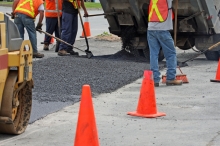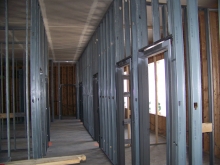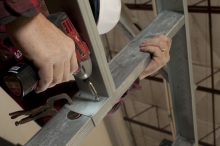Handling Liability for Sub-Standard Asphalt
Welcome to the On Site channelís Construction Administration Column. This column covers the question of liability when asphalt work is judged to be substandard.
Columnist David A. Todd, P.E., CPESC, has 37 years of experience in the architecture, engineering, and construction (AEC) industry and has performed much construction administration during that time. He will answer questions from our readers or from his own practice and will provide answers based on his understanding of the construction process and administration of the construction contract. The focus will be on the customary duties of the owner, contractor, and design professional as typically described in the contract documents.











